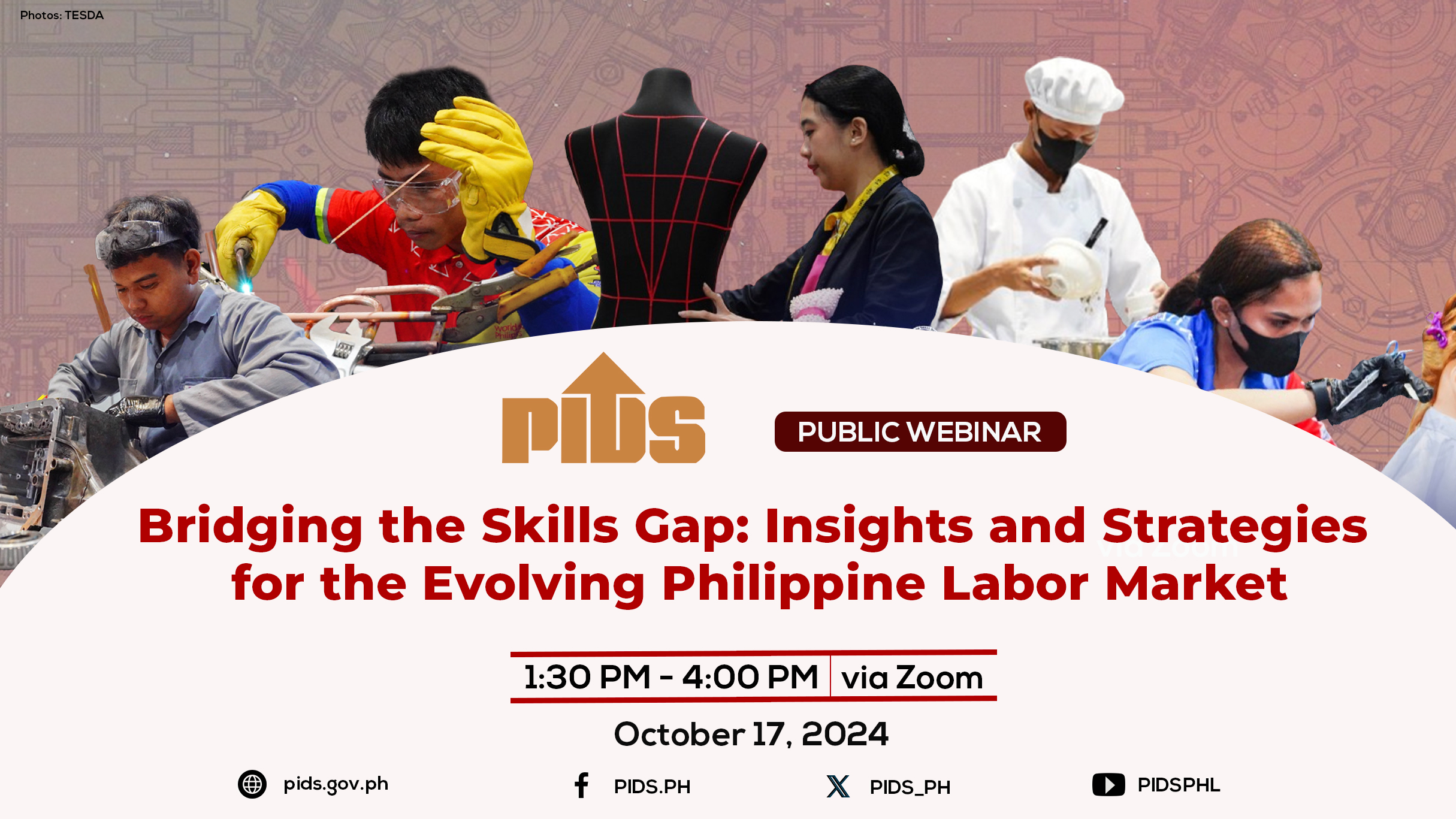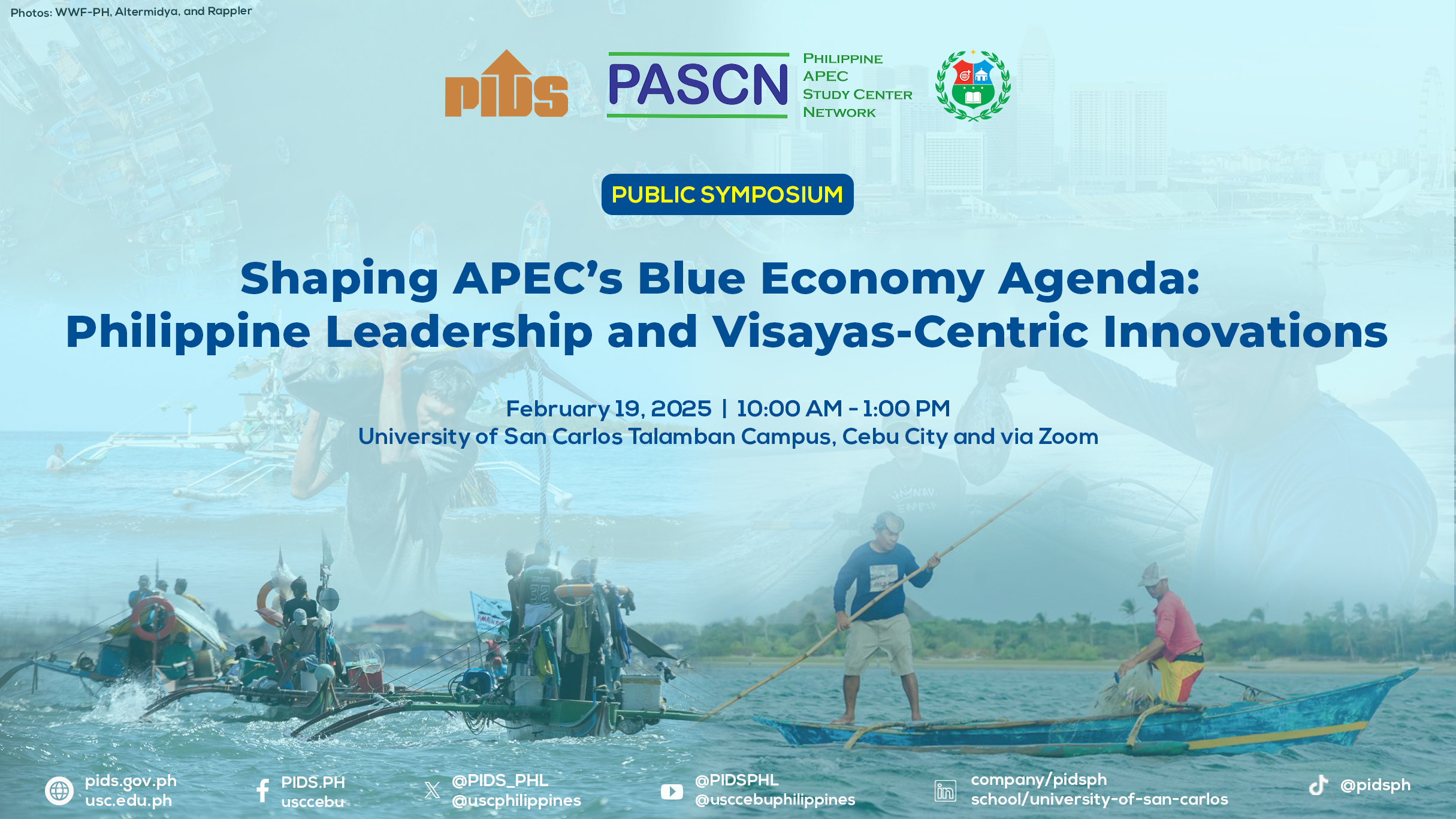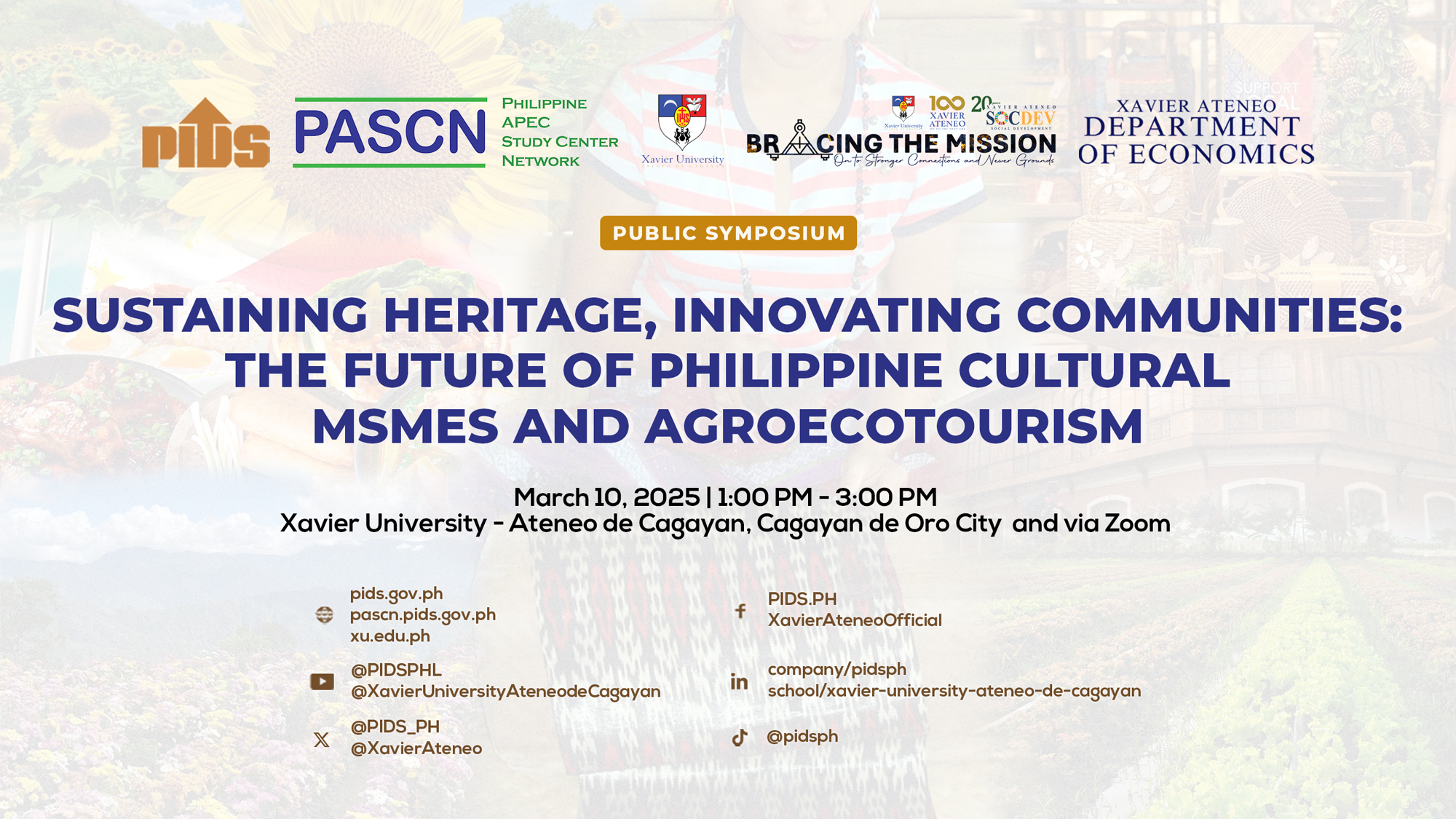In his imaginings, the Marcos administration’s anti-poverty czar sees poverty in the Philippines as just a figment of the people’s imagination. It is absurd, dangerous and most of all, an insult to the millions of Filipinos who struggle to eke out a living everyday in this nation of 115 million.
On the best days in Metro Manila, one will find street dwellers knocking on the windows of cars stuck at red lights, to beg for alms. All Larry Gadon needs to do is to go around even just in the capital region.
I’ve seen roads and crannies with quite a number of senior citizens waiting for a few pesos from good samaritans. Gadon might miss them because some of these elderly men and women, because of their age, have their bodies crouched and bent forward so low, sometimes even lower than one’s car window.
The many elevated foot bridges in Metro Manila are also teeming with signs of homelessness – makeshift cardboards used as beds, worn out pieces of clothing used as blankets; empty bottles of water and scraps of food. On some days, the homeless themselves aren’t really there. Either they’re out looking for food to survive the day or have moved to another dwelling, but what’s left of their possessions are there.
Outside the country’s financial districts, there are barangays that show the exact opposite of the corporate success that is tangible in the skyscrapers and towering condominiums we often see in these vibrant and busy districts.
Over in Caloocan, time seems to have stopped. The city is still so underdeveloped and chaotic. The 2018 official poverty statistics of the Philippine Statistics Agency (PSA) say that the city has a total population of 1.6 million and a poverty incidence of 4.7 percent, the highest in the National Capital Region.
Perhaps every city in the National Capital Region has sprawling areas that are very well developed with swanky malls, towering condominiums, commercial districts and restaurants but they do not mean that poverty in the Philippines does not exist.
‘Nuanced approach’
But if Larry Gadon does not have time to go around the streets of Metro Manila, he can read a December 2023 study from the government think-tank Philippine Institute for Development Studies (PIDS).
Despite economic growth, one in four Filipinos remained trapped in poverty, highlighting the complex dynamics at play, PIDS said.
“Discussing poverty requires a nuanced approach,” emphasized PIDS research fellow Jose Ramon Albert, author of the PIDS study titled “Poverty Transitions and the Near-Poor in the Philippines.”
“We must acknowledge its dynamic nature, empower vulnerable households and promote inclusive growth across sectors and regions,” Albert added.
His study revealed that economic growth averaging 4.8 percent between 2003 and 2009 failed to significantly reduce poverty. This was partly due to an uneven distribution of benefits, with high income inequality limiting the impact of growth on the most vulnerable.
“Notably, of the two-thirds of Filipinos living in poverty, a staggering 66 percent reside in rural areas. This geographic disparity underscores the need for immediate government intervention to boost rural economic opportunities, prioritizing farm productivity and diversification alongside additional employment avenues.
“Additionally, the study revealed a strong correlation between family size and poverty, where larger households are more likely to struggle financially.”
“While family size does not cause poverty, the data suggest that low-income families with larger family size may see their purchasing power further weaken due to the increased number of household members to support,” Albert also said.
With several economic disadvantages inherent in larger families, tackling this issue also demands policy focus, PIDS said.
However, escaping poverty is no easy feat, as the study shows. While some households managed to climb out of poverty between 2003 and 2009, an equal number fell back in, according to PIDS. This highlights the instability of poverty escape.
With these findings, Albert emphasized that there is a need for a multi-faceted approach to mitigating poverty. “A targeted social protection for the near-poor through safety nets, cash transfers and insurance programs should be prioritized.”
But when our officials say poverty is just imaginary, they do not understand poverty at all. Or they are seeing things through rose-tinted glasses.
Or they’re spending too much time in the halls of power – where everything is glittering and neat and formal and food is as sumptuous as it is expensive, and rare, vintage wines and freshly squeezed juices overflow.
That, or they’re just impossibly out of touch, just like Marie Antoinette, the queen of France during the French Revolution who supposedly said, “Let them eat cake” when told that her starving peasants had no bread, clearly oblivious to the conditions and daily lives of ordinary people.
Marie Antoinette’s story is a stark reminder that such bread shortages played a role in stoking anger against the monarchy, which helped usher in the French Revolution.
Back here at home, statistics don’t lie. There are 25.24 million Filipinos whose income is not enough to meet their basic needs, according to the PSA. Inflation is still elevated at 3.8 percent in April, up from 3.7 percent in March.
If Larry Gadon thinks this is just a figment of the imagination, what a wild imagination he has and for that, we are so doomed.












